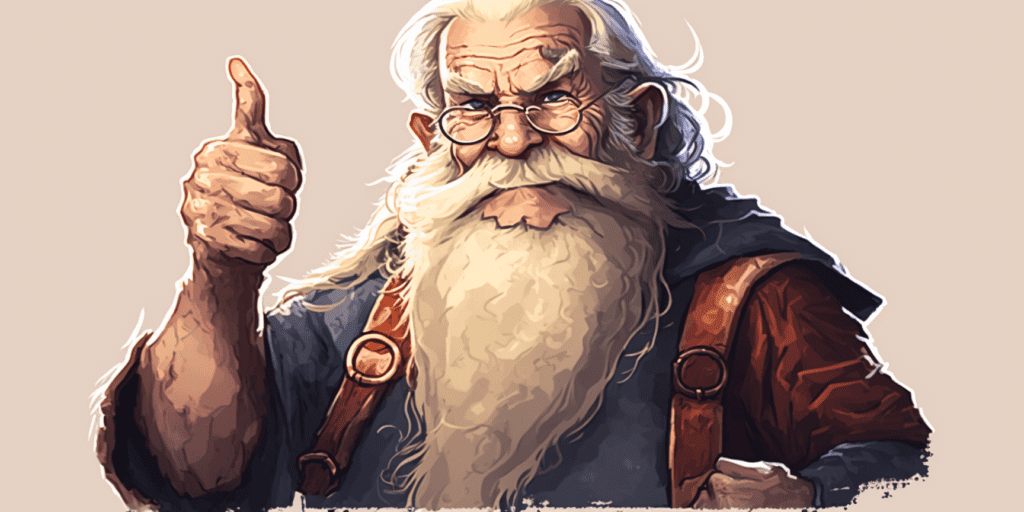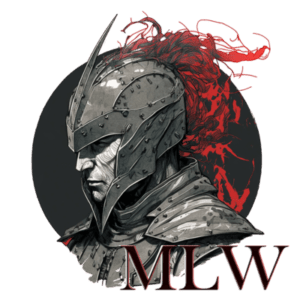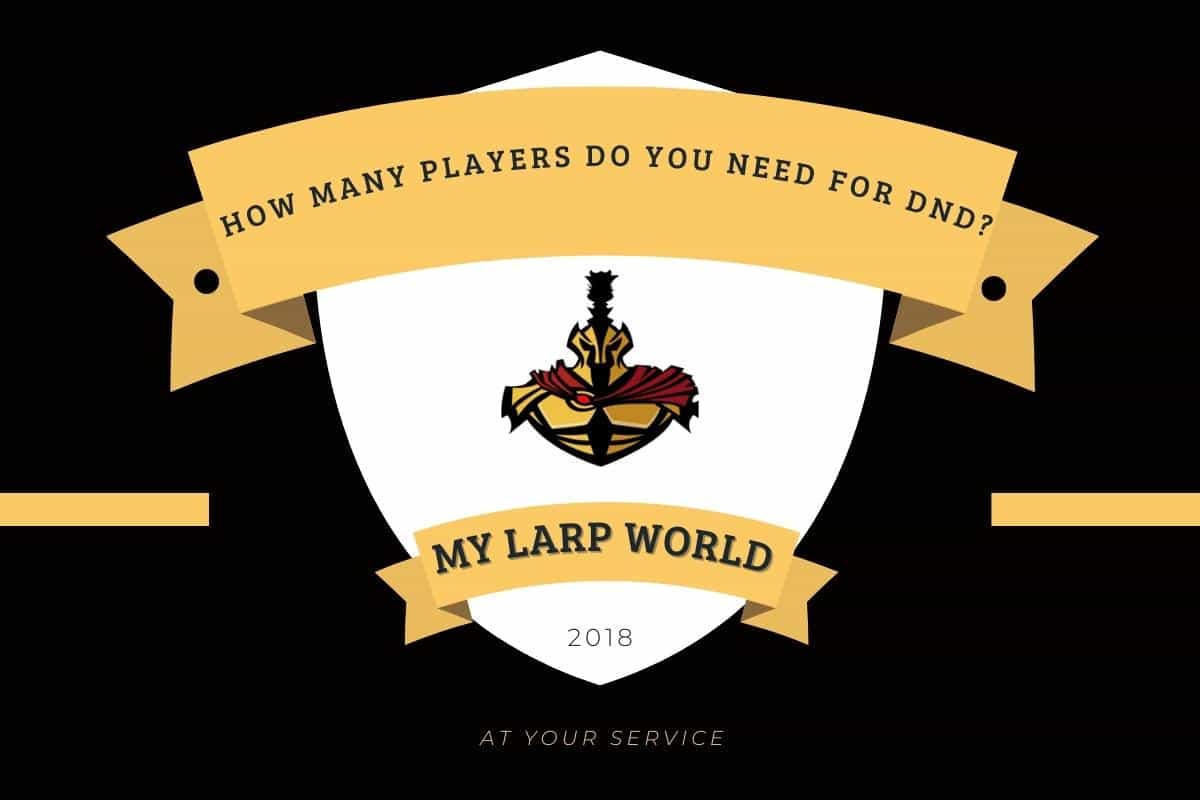The game Dungeons and Dragons is both a roleplaying game and a way to gather and socialize with your friends. Because Dungeons and Dragons takes place in our imagination, there are few limitations as to what can happen in any given situation.
However, when it comes to finding the perfect number of players, there might exist a sweet spot.
Dungeons and Dragons can be played with a single player if the campaign is a solo adventure but the most common constellation consists of 4-6 players with a dungeon master. This party size has proved to be one of the best as it will give each character enough space, avoid chaos, and make life easier for your dungeon master.
There’s no upper limit either, as you could play a campaign with more than 10 players but doing so will most likely create too much chaos. Your character will not get enough space in the story to create and explore the character’s background story, for one. The story will also be less special as there are 10 other parallel stories taking place.
With that said, it does come down to personal preference so we’ll explore the different party sizes and why they’re considered either good or bad, so you can find what seems suitable for you and your party.
How Many Players Do You Need To Play DnD?

As we mentioned earlier, you don’t need more than one player to play Dungeons and Dragons as there are solo adventures that can be played without a dungeon master. However, this article will focus on the full experience, which includes having a dungeon master.
The dungeon master is the most central role, but he or she will serve very little purpose without a party – and vice versa. Therefore, the game can be played with a single dungeon master accompanied by a single player. This is a common party size for beginners who’ve just found the game.
This way, the dungeon master will serve the story to the player which will experience it as a much more interactive solo adventure. This is a great learning experience for both the dungeon master and the player.
The answer is that you need a minimum of 2 players to play a Dungeons and Dragons campaign.
But, I still think the game will provide an incredible experience if you’re able to gather more than 2 players, as long as they’re players you enjoy playing with. In the end, you’ll have a better time with a single person you like than with 5 people you don’t get along with very well.
While there isn’t a set limit for how big a party can be, I think you will benefit from having no more than 7 players as this could result in having too many characters to be able to give them all depth and a rich story – while also making DMing much harder.
New dungeon masters can find it easier to play with only a few players. Having somewhere around 3-4 player characters will simplify the game for the first-time dungeon master while still having enough players to let the story hit its stride.
Another benefit of having a larger group of players is availability. Regardless of how dedicated your group is, there will be sessions where people can’t show up. With a larger player base, you’ll have enough players even though a player can’t show up.
How Many Do You Need To Play a DnD Starter Set?
A Dungeons and Dragons starter set includes everything that’s required to start playing with your friends. This means there’s a basic rulebook, a set of dice, pre-made character sheets, and an adventure module in the starter set.
The number of players needed to get the most out of a starter set can vary depending on the specific set you’ve got, but they’re often designed for groups of 4-6 players. The starter set can be played with fewer or more players but slight adjustments may have to be made to make the experience as enjoyable as possible.
Groups that are larger than 4-6 players will need to find a way to accommodate the extra characters in the story. This can be done by adding extra enemies and challenges for the group to encounter during their adventures. Adding more treasures and rewards is another way of compensating large groups.
Groups that are smaller than 4-6 players will have the opposite problem, where some things might need to be scaled down. You might want to reduce the number of challenges, including enemies, along the way or provide the group with fewer rewards. You can also adjust the difficulty of the adventure to make it more suitable for the group as they advance.
Is It Hard To Find Players For DnD Groups?

It depends on where you live, and if you’re playing a campaign online over discord or meeting at a player’s house for each session. Usually, asking friends and friends of friends is your best bet, but you can find players to play with at local clubs or stores (think Warhammer stores).
What I’ve come to find is that the hardest role to fill is usually the role of the dungeon master, as it requires a bit of dedication prior to the actual happening. Some people also think the dungeon master “doesn’t get to play the game” which I think is absurd, as the role of the dungeon master is incredibly immersive.
The dungeon master is definitely a part of the game and a big one at that. You can also play as a DM-PC, which means that you, as a dungeon master, also have your own character to play. This is common in smaller groups, where the additional character might be needed.
Is It Fun to Play Dnd With Few Players?
I’ll define “few” players as two or three when answering this question. Yes, it is absolutely fun to play Dungeons and Dragons with a group that consists of 2-3 players. You can still do the same things that you would with a larger group, but each character will get more “stage time” if you will.
From my own experience, smaller groups can be incredibly fun when you’re playing with seasoned players who’re comfortable in their role, but also when you’re playing with new players who want to get the gist of it all.
Making the proper adjustments will make each adventure as good as possible, regardless of the size of the group.
How Long Does It Take to Play Dungeons and Dragons?
However long a Dungeons and Dragons game takes to play will differ depending on a bunch of different factors such as the complexity of the story, the size of the group, the pace at which the game is played, the time spent focusing on smaller details, sidequests, exploration or backstories.
Generally, when a group meets up to play Dungeons and Dragons, the sessions are often somewhere between 2-6 hours long. However, the games are not often finished in the first session. Instead, the dungeon master will take note of where the story ended so the game can continue from there next time.
Some games will last for months, even years, while others are completed within the first week. This is something that you can decide together with your group. In the end, it all comes down to the group.

